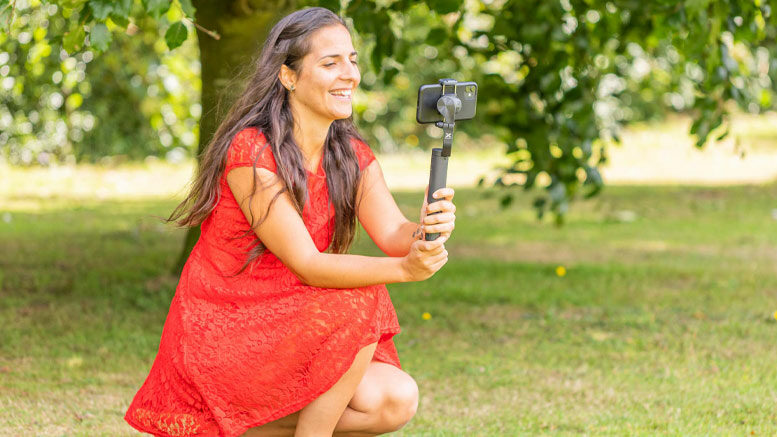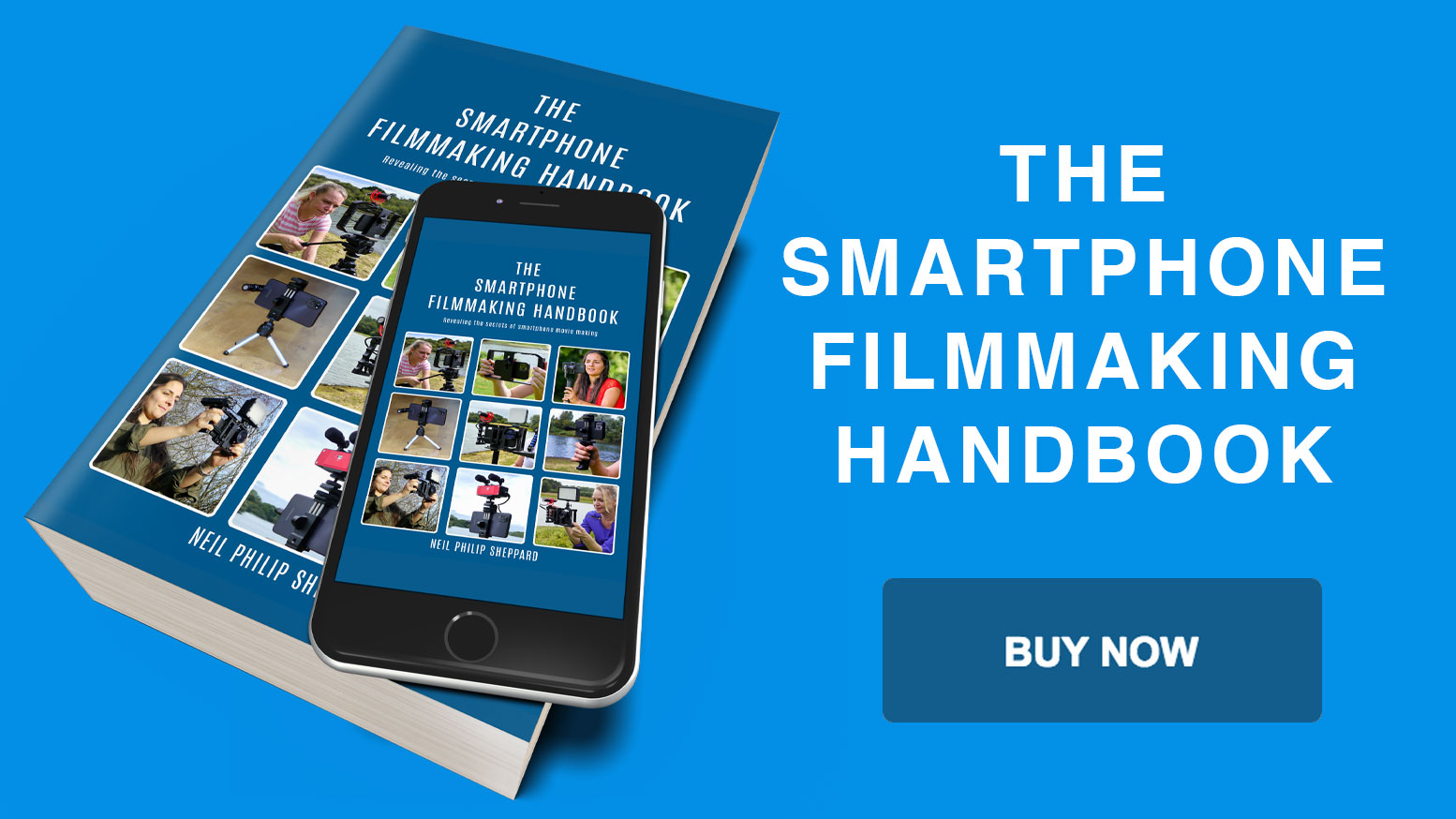What is the best way to use a Smartphone Gimbal?
Stabilisation helps enormously in the quality of your video. You may be able to film high quality video on your Smartphone but if the viewer feels sick watching it, you may have a problem.
Shaky video can be a distraction to the viewer and you should try to avoid this. You can reduce the shake if your Smartphone has image stabilisation, but it is best to prevent this shake rather than correct it. If you are standing still then a good tripod or monopod will do just fine.
But if you plan to move around you will get shaky shots. A good solution to this is to use a hand-held gimbal. This will help to remove most of that dreaded shake.
Smartphone gimbals will make your videos look smooth, fluid and give them a professional look by removing the shaky movement. They are the best solution if you plan to be on the move while filming.
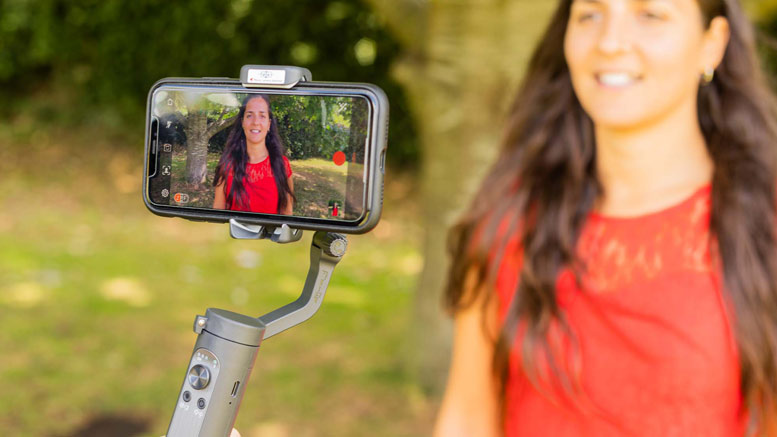
Gimbals are great for action shots
Gimbals are also great for action and sports shots, moving over rough terrain or following a reporter. They can do this with the help of 3-axis brushless motors and special software to counterbalance the shake. Most Smartphone gimbals that are available are easy to use but may need a little practice to get good results.
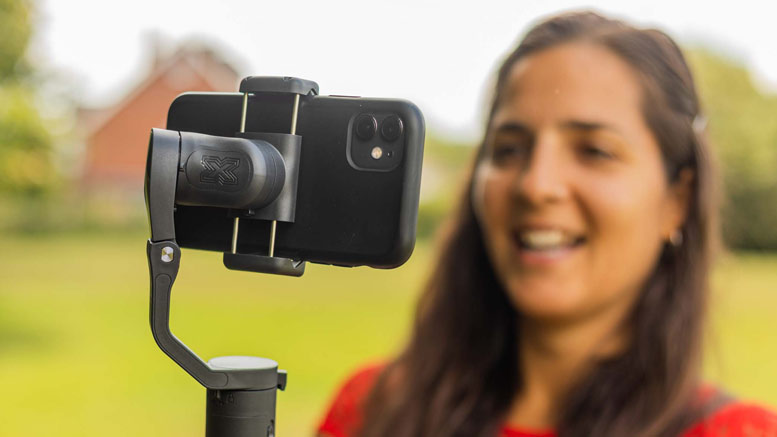
To start, you simply put your Smartphone into a gimbal and then turn it on. The motors will then balance your Smartphone and then you are ready to start filming. The gimbal does this with the 3-axis motors, which each do a different job.
The tilt axis motor keeps shots smooth when you move up or down. The pan axis motor corrects shake when you move left to right. The roll axis motor fixes shake that occurs from both up, down, left and right movements.
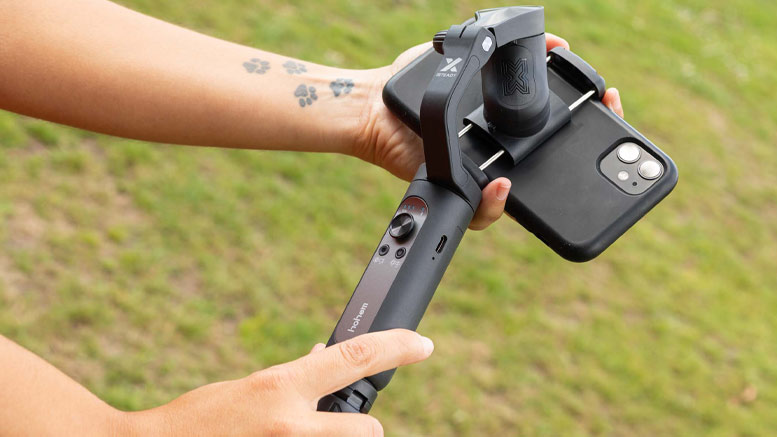
The gimbal controls all of these movements by a computer that is usually in the handle or near the clamp that keeps the Smartphone in place. It’s this computer that manages the weight distribution of the Smartphone and counterbalances it to ensure smooth movements.
Setting up the gimbal
Although Smartphone gimbals are usually easy to set up, you may sometimes have to give them a little help to correct the balance of your Smartphone. If you are having problems with your gimbal stabilising, make sure you fully charge the battery, especially if you have just bought it.
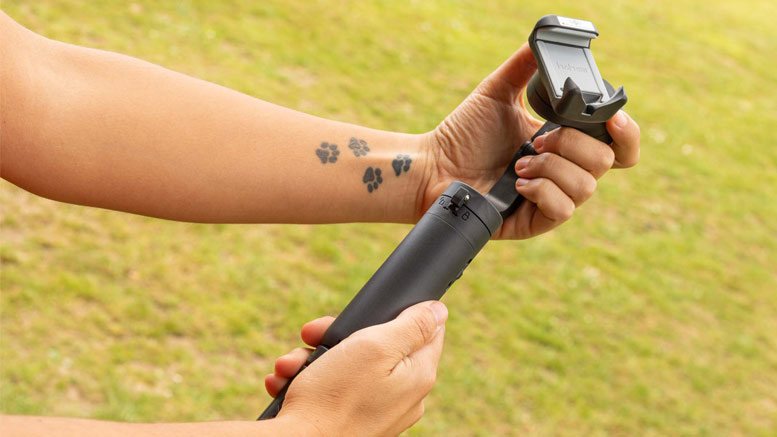
Also, make sure that all the bolts and screws are tight and the clamp fits securely around your Smartphone. If you have a case fitted around your Smartphone you may have to remove it. When using a gimbal, remember to walk smoothly and use your arms to absorb any bumps that may occur. This will have a noticeable impact on your video.
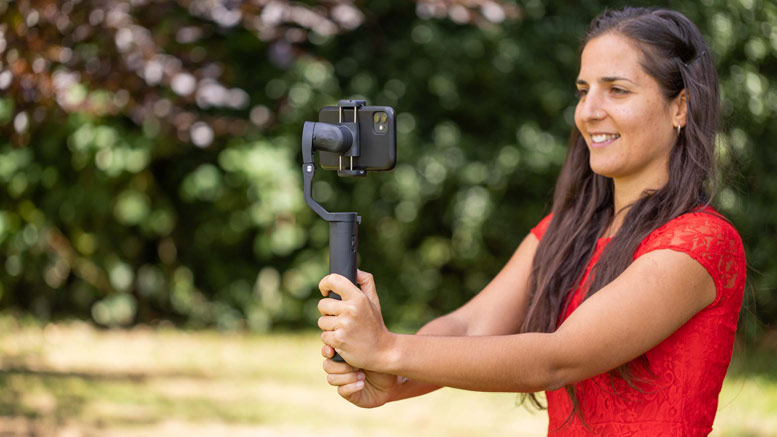
You should practice with your gimbal any complex shots you may have in mind before you start filming. The gimbal may reduce the shake in your video but you can still give it some help to achieve the best results. Also, be aware of any equipment you may have attached to your Smartphone.
Any lenses, microphones or lights can alter the stabilisation of the gimbal and may confuse it in trying to find the right balance. You may have to use a second operator to record audio or move portable lights.
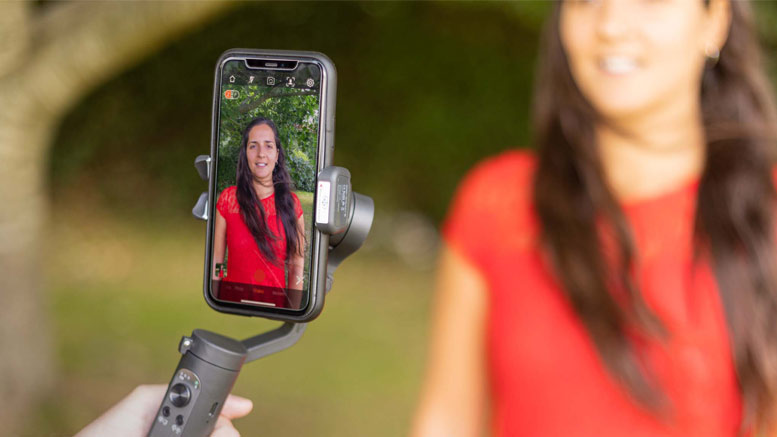
Gimbal movements
You can achieve various camera moves with your gimbal that traditionally you may have needed other equipment to achieve. With the help of an office chair, bike or car you can film dolly or tracking shots.
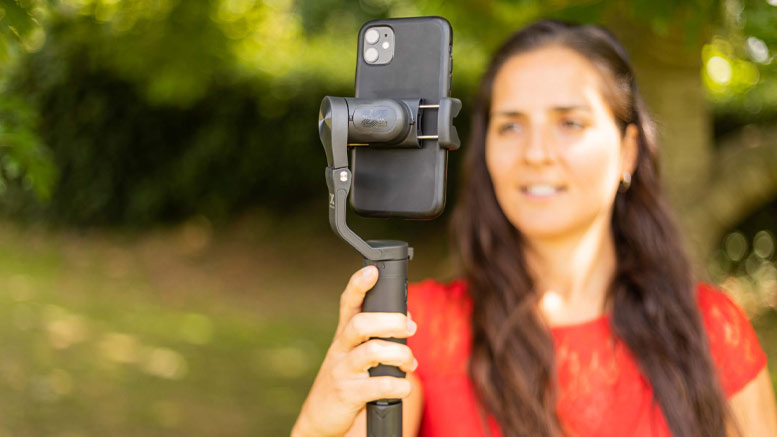
If you attach your gimbal to a boom pole you can simulate crane or jib shots. These give the look of aerial shots and can even mimic a drone. Because of the compact size of your Smartphone you can also achieve pass-through shots. These give the impression the camera is passing through a tight space like a window or small hole and then keeps on moving.
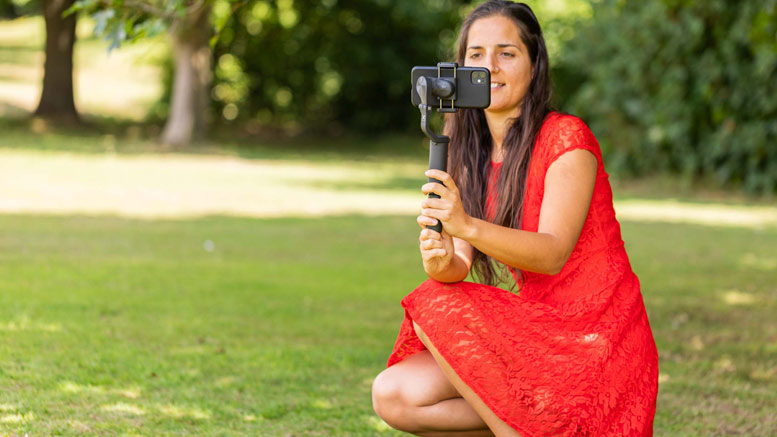
You could push your Smartphone through an open window and then hand it over to another person hiding on the other side. That person can continue the move so it looks like one continuous shot.
Other Popular posts like this:
What are the best gimbals for Smartphone filmmaking?
What is the best video production kit for Android and iPhone Filmmaking?
What are the best Smartphones for making videos and filmmaking?

